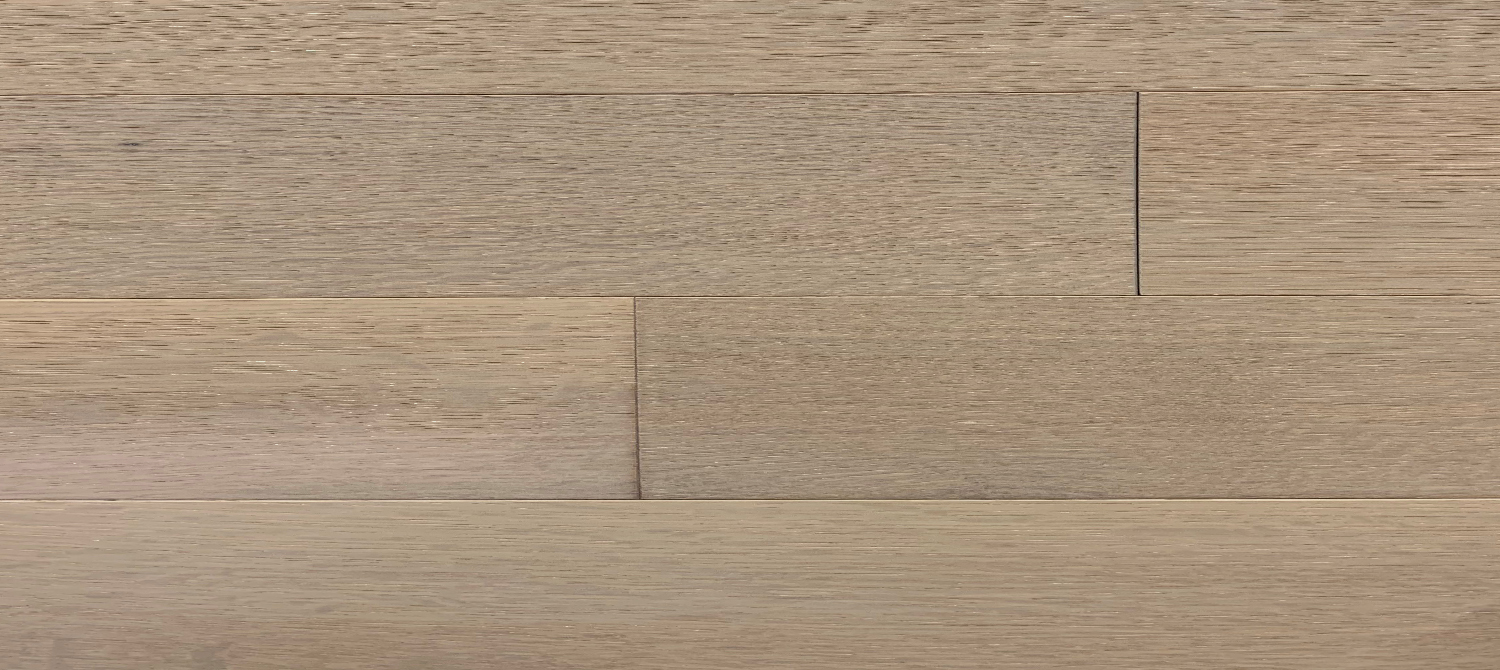Hardwood floors made from oak – particularly white oak (Quercus alba) – are popular with many homeowners. Like the wood harvested from most other oaks, white oak lumber is not only durable, stable, and attractive but also sustainable when properly managed.
But species selection is only one part of choosing your next hardwood floors. You must also decide whether you want engineered or hybrid boards, what type of finish you’d like, and the type of cut used to manufacture the boards.
This last consideration often leaves homeowners scratching their heads, as many have trouble understanding the difference between ordinary plain-sawn wood and rift and quarter sawn wood.
We’ll try to help by explaining everything you need to know about the differences between these kinds of wood below.
Milling Techniques: How Is Wood Cut?
The process of making hardwood floor planks involves several steps. It begins when a tree is harvested and then transported to a sawmill. Once there, the sawmill cuts the log into individual planks.
But sawmills can cut logs in several ways. Often, they cut the logs straight down their length – a technique known as live sawing. To picture this, imagine sawing thin slices from the top of the tree to the roots. This results in boards that have a distinct “cathedral” appearance on their face.
At other times, sawmills use a technique called plain sawing. This is like live sawing, except that the sawmill rotates the log 90 degrees several times during the process. This reduces waste and extracts more value from the log, but it produces planks with more aesthetic variation.
Quartering is another milling technique sawmills use. This approach involves cutting from the outside of the log toward the inside – like you’d cut a pie. This yields planks with a very straight grain pattern and visible “flecks,” caused by the tree’s vascular rays. Unfortunately, quarter sawn wood is often expensive, as the technique produces fewer board-feet of lumber than plain-sawing does.
Rift sawing is like quarter sawing, in that it involves cutting the log into quarters (imagine cutting the log into four pieces of very thick pie). But then, the sawmill cuts these quarters into flat planks, as you would when plain sawing. This also produces boards with an attractive, straight grain pattern, but it eliminates the flecks that are common to quarter sawn wood. It also helps reduce waste, making the planks more affordable.
Because quarter sawn wood is often pricey, yet it is similar to rift sawn wood in many ways, the two are often used together and marketed as rift and quarter sawn (or simply R&Q) wood.
The Pros and Cons of Rift and Quarter Sawn White Oak
Rift and quarter sawn white oak offers several benefits, including:
- Many people find the straight grain pattern of rift and quarter sawn white oak attractive.
- It is more stable than plain-sawn white oak, making it excellent for areas with fluctuating humidity levels.
- It is quite durable, making it well-suited for high-traffic areas, such as kitchens, living rooms, and hallways.
- It tends to have a more uniform appearance, which appeals to many homeowners.
But no hardwood flooring option is perfect for all situations, and this includes rift and quarter sawn white oak. A few of its potential drawbacks include:
- It is typically a bit more expensive than plain sawn wood.
- It’s not always easy to find rift and quartered white oak flooring.
- Rift and quarter sawn wood produces a bit more waste than plain sawn wood does.
***
While it isn’t right for every situation, rift and quarter sawn white oak is almost always worthy of consideration. If you’re looking for a durable and attractive flooring option, rift and quarter-sawn floors may be the best choice for your home. Check out our natural white oak R&Q floors as well as our raw white oak rift and quarter-sawn floors and start choosing the new hardwood floors for your home!

